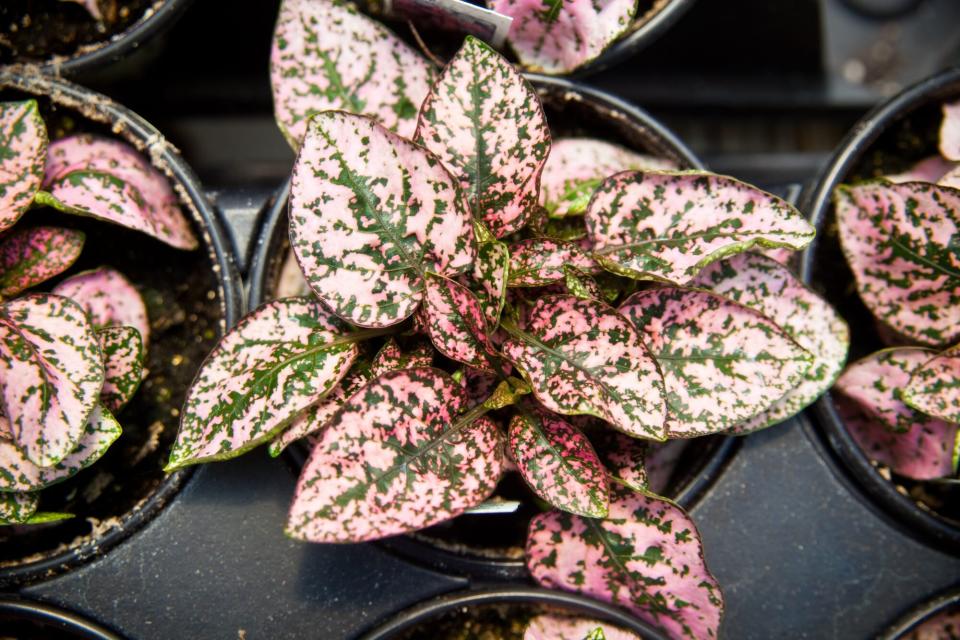Everything You Need to Know About Hypoestes Phyllostachya, Otherwise Known as the Polka Dot Plant

Colorful Hypoestes phyllostachya—also known as the polka dot plant—is a petite, low-maintenance houseplant that adds a bright burst of color to shaded container gardens and indoor pots. The cheery plant is known for its brightly patterned leaves, which show off splashy red, pink, and white tones against a deep green background. "[The] polka dot plant is a cute little plant that is best used as a houseplant or a low growing accent in a part sun container outdoors," says Marshall Green, nursery buyer and manager at Primex Garden Center in Pennsylvania.
Related: Five Mistakes You're Making with Your Hydrangeas

Getty / revjake
Where It Thrives
Polka dot plants are native to Madagascar and prefer a warm, humid climate, so they're only considered winter hardy in U.S. zones 10 and 11. "The only way to overwinter polka dot plants is to grow them indoors as a houseplant," says Green. "They are an annual and will not survive our [Northeast] winters."
The plant's small size means it won't make much of an impact in an outdoor garden but can add a pretty accent to a small-scale planter. "[The] polka dot plant is best in a container or used as a houseplant, as it tends to get lost in the landscape," says Green. "It fills space nicely in a mixed container, particularly with other intensely colored foliage plants like coleus. They also work well in a terrarium planting where they look great with tropical ferns, get along well with other small plants, and are very forgiving."
How to Grow Polka Dot Plants
If you do choose to use polka dot plants as a bedding plant for the season, you can start it from seed indoors about three months before the last spring frost. According to Cornell University's growing guide, cuttings can be taken at any time, but anything you cut will actually root best in the spring and summer months.
Indoors, polka dot plants prefer rich, well-drained soil, frequent misting to recreate tropical humidity, monthly fertilizing, and filtered sun or part shade locations that keep its colors vibrant. "If it is in much direct sun it tends to wash out and lose its intense color," says Green.
How to Care for Polka Dot Plants
Polka dot plants stay relatively small, with a typical height and width of about 12 to 18 inches, according to Cornell's growing guide. They produce modest, pale purple blooms, which most gardeners remove, and grow naturally into a low, rounded shape—but can begin to spread out and thin if the flowers thrive. "Polka dot plants will go dormant and appear dead once they flower, so to prolong its life, it is best to prune it and not allow it to develop flowers," says Green. "This will also help keep it bushy and full. Simply pinching off any stems that get too long or flowers as they begin to develop will keep them happy."

